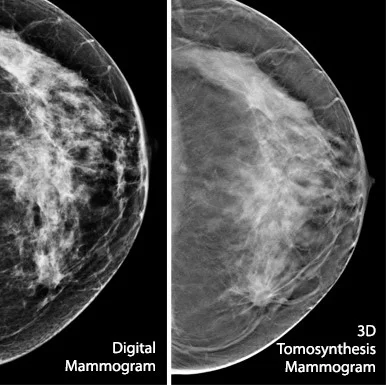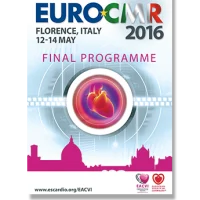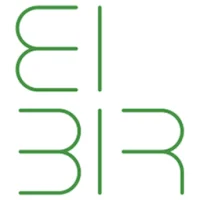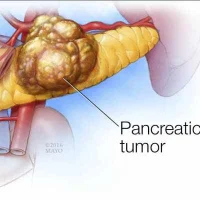Breast
tomosynthesis exams, combined with conventional mammography, can help reduce recall
rates, and increase invasive cancer detection in women with both dense and
non-dense breasts, according to research published in the Journal of the American Medical Association.
These key benefits could lower the costs associated with needless follow-up exams, and improve patient experience for women seeking a more accurate screening mammogram.
In the study appearing in the April 26 issue of JAMA, Elizabeth A. Rafferty, M.D., formerly of Massachusetts General Hospital in Boston, and colleagues evaluated the screening performance of digital (2D) mammography combined with tomosynthesis (3D), compared with digital mammography alone for women with varying levels of breast density.
Density is only identifiable on a mammogram or other imaging system, and is a reflection of how much fibrous or glandular tissue is in the breast. Higher breast density may increase a woman’s chance of getting breast cancer, make detection of cancer on conventional mammography more difficult, and increase the chances that a woman will be recalled for additional imaging.
Currently in the U.S., 24 states have laws mandating that women be notified of the implications of breast density, thereby encouraging discussions between patients and physicians regarding the need for supplemental screening. However, which, if any, additional testing should be recommended for women with dense breasts is not yet known.
This study included data from screening performance metrics from 13 U.S. institutions, which were reported for 12 months using digital mammography alone and from the date of introduction of tomosynthesis. Sub-groups included the four breast density categories used for clinical reporting: almost entirely fat, scattered fibroglandular densities, heterogeneously dense, and extremely dense.
Overall and invasive cancer detection rates and recall rate with and without tomosynthesis were analysed in patients with both non-dense and dense breasts.
Of the 452,320 examinations, 278,906 were digital mammography alone and 173,414 digital mammography plus tomosynthesis. In all, 2,157 cancers were diagnosed. The researchers found that the addition of tomosynthesis to digital mammography for screening was associated with an increase in cancer detection rate and a reduction in recall rate for women with both dense and non-dense breast tissue.
“These combined gains were largest for women with heterogeneously dense breasts, potentially addressing limitations in cancer detection seen with digital mammography alone in this group, but were not significant in women with extremely dense breasts,” said Rafferty, now with L&M Radiology, West Acton, Mass.
The authors noted that for women classified as having dense breast tissue, most have heterogeneously dense breasts, mandating caution in drawing conclusions regarding the performance of tomosynthesis for the small proportion of women with extremely dense breasts.
“Density creates challenges for conventional mammography by obscuring the images, which often results in additional visits and exams for women,” said Dr. Edward Evantash, Medical Director for Hologic.
“This new analysis confirms that (3D) exams reduce unnecessary follow-ups in dense-breasted women. This has the potential to provide health systems and insurance companies with significant cost savings, reduce patient stress and expenses.”
According to the study, improvements in both recall rate reduction and invasive cancer detection were greatest for women with heterogeneously dense breasts, with a 50 percent increase in invasive cancer detection and a simultaneous 14 percent reduction in recall rate. Women with heterogeneously dense breasts make up about 40 percent of the U.S. screening population (aged 40-74) — approximately 25 million women.
“Now, these women who were previously confused about how to proceed with breast cancer screening can feel confident turning to 3D Mammography exams to reduce their chances of stressful recalls and help find more invasive cancer,” added Pete Valenti, Hologic’s Division President, Breast and Skeletal Health Solutions.










